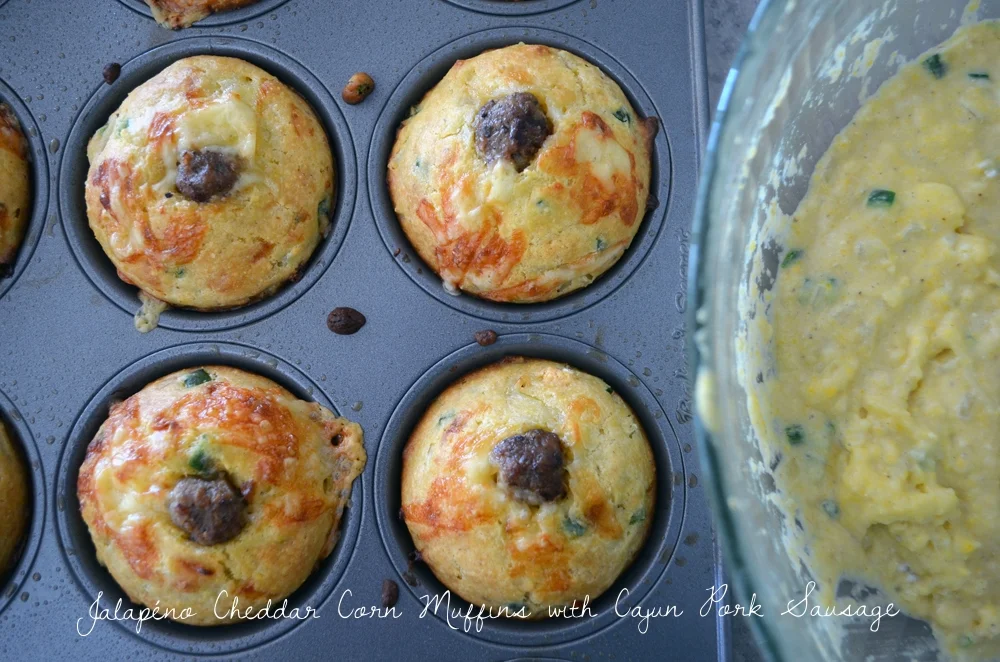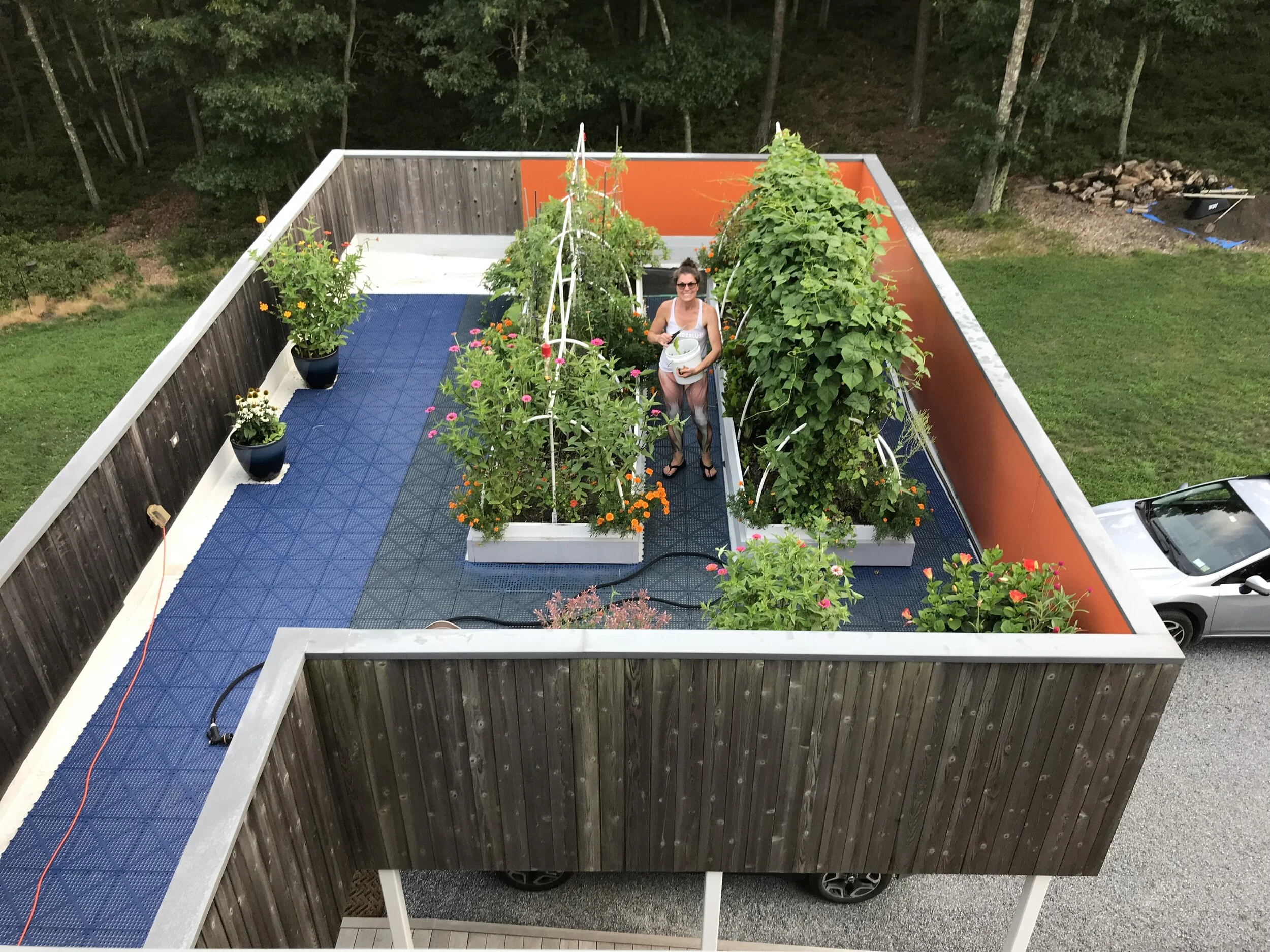Reaping the Benefits of a Farmers' Great Mistake
/What's in season is directed by mother nature and nurtured by the farmer whose soiled hands tell a story of what's being tilled, sown and harvested. A farmer's watchful eye and deliberate planning starts well before the sun rises and into the dark of evening. And through it all there are trials and tribulations, sweet successes, and sometimes great mistakes. Stephanie Gaylor of Invincible Summer Farms and Ken Ettlinger of the Long Island Regional Seed Consortium, are reaping the benefits of a great mistake.
Imagine this. A kale, that Stephanie Gaylor affectionately named, Tough Mother, that overwintered in 2014 and prevailed polar vortex temperatures, had crossed with an heirloom rutabaga that gave birth to a tender like rapini foliage that stems from a crunchy and sweet root that tastes just like a rutabaga.
Stephanie and Ken named this serendipitous happenstance — The Great Mistake Rapini. And what's greater than that? They are selecting out the best varieties to save the seeds to grow in years to come for chefs like Ignacio Mattos of Estela, Marc Meyer of Cookshop, and Stephan Borgadus of North Fork Table and Inn, who are serving this at their restaurants for its tremendous flavor.
I tasted The Great Mistake at Stephianie's Farm. My brain was expecting a bitter like broccoli rabe bite, but what I experienced was surprisingly different. It is sweet, mild, tender and easy to eat raw — from root to foliage. I made this two ways: A raw salad with manchego cheese and endive, and a quick sauté with garlic that is topped with the root shaved raw.
Stephanie hosted her first Seeds & Suds (video here) talk (a video series focused on seeds — what is growing on the farm— and drinking good beer) at her farm where we discussed the interspecies rutabaga/kale cross that overwintered and created The Great Mistake Rapini, while we drank a St. Feuillien triple style abbey ale.
Perhaps great mistakes like these can create a new local variety on the East End of Long Island that we will reap the benefits from for years to come.
recipe
the great mistake raw salad
Directions
Chop the foliage of The Great Mistake and the endive; place in a bowl. Mix the olive oil, lemon, Dijon mustard, honey and a pinch of salt and pepper for the vinaigrette. Then pour on top of the greens and toss. If needed, add more salt and pepper to taste. Then add the shaved Manchego cheese.
Ingredients
- The Great Mistake, 1 bunch chopped
- Manchego cheese, shaved
- 1 endive, chopped
- 1 lemon, squeezed
- Olive Oil, 3 tablespoons
- Dijon Mustard, 1 tablespoon
- Local Honey, 1 teaspoon
- salt and pepper, to taste






































